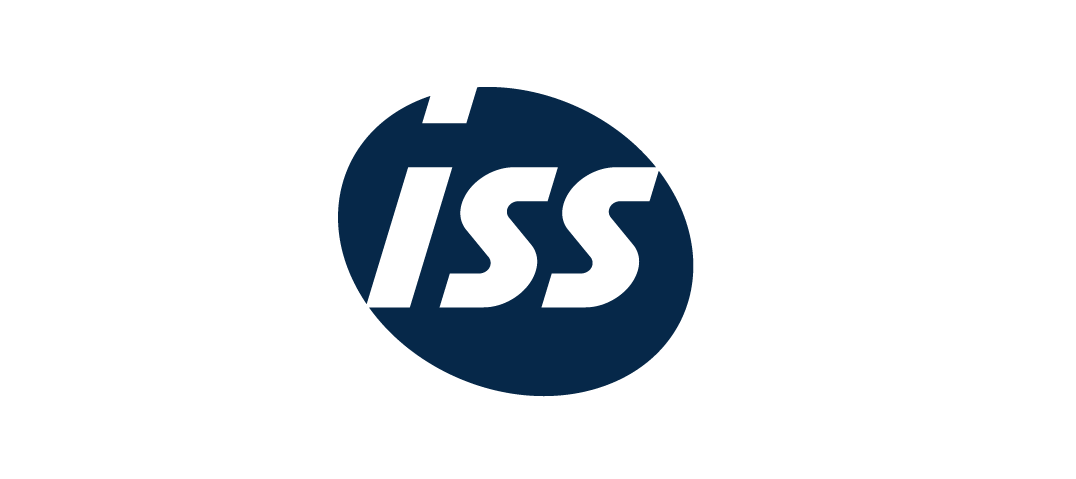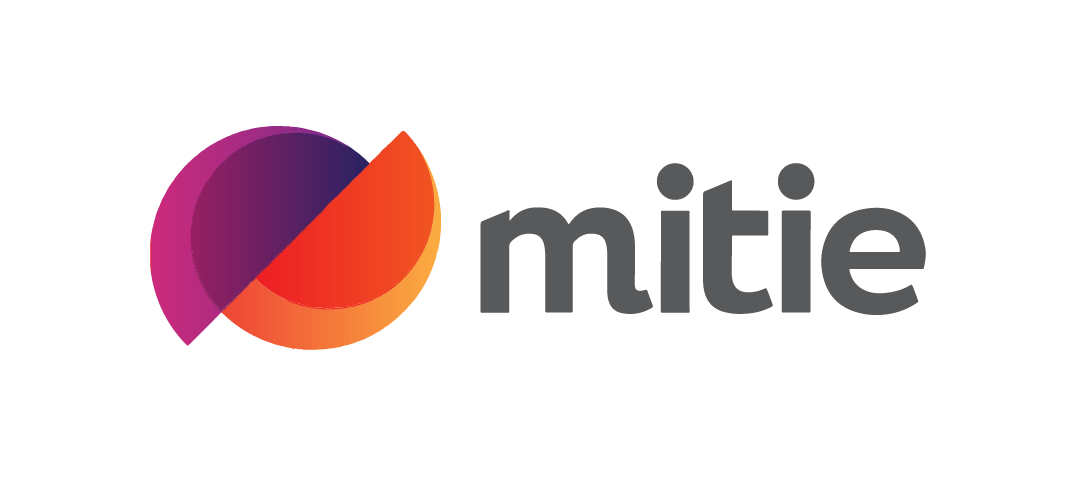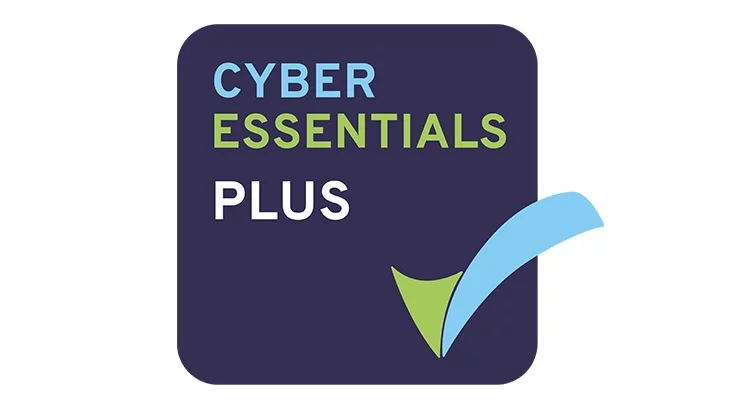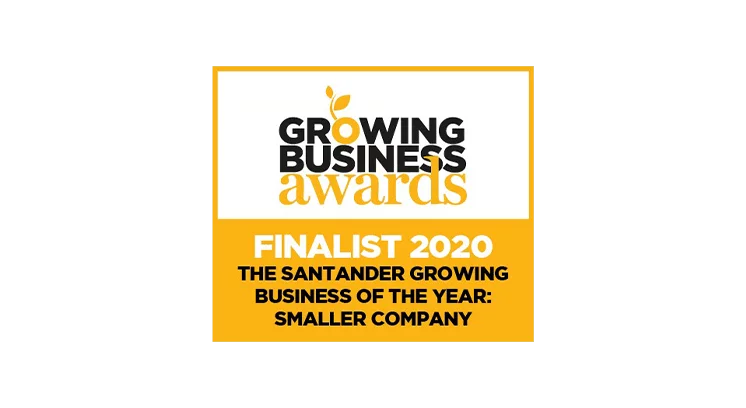Faced with multiple systems, manual processes, and increasing compliance requirements, facilities management teams are under constant pressure to deliver high-quality service across multiple sites. Rising operational costs, fragmented workflows, and dispersed mobile teams make it challenging to maintain high standards and meet client expectations.
Integrated CAFM software provides the solution: centralising operations, automating tasks, and delivering real-time insights. When integrated with Field Service Management, CRM, IoT, and mobile platforms, CAFM transforms operational efficiency, scalability, and data-driven decision-making.
Why CAFM Software is Essential for Modern FM
Standalone CAFM systems help with planning and asset management. But integration unlocks CAFM software’s full potential. For FM directors, operations managers, and mobile workforce teams, CAFM software delivers:
- Reduced administrative burden through automation
- Improved operational efficiency with real-time visibility
- Enhanced compliance and reporting via centralised data
- Better occupant and client experiences through timely, reliable service

How CAFM Integration Enhances Efficiency
1. Field Service Management Integration
Connecting CAFM software with FSM systems ensures work orders flow seamlessly to mobile engineers, who update task status in real time.
Key benefits:
-
Faster response times and higher first-time fix rates
-
Reduced manual entry and paperwork
-
Real-time workforce visibility and performance tracking
Digitise and manage recurring tasks, ad-hoc work, and service requests in a single platform.
2. CRM Integration
Linking CAFM software with CRM systems gives facilities teams a complete view of service history, client data, and SLA compliance.
Key benefits:
-
Transparent reporting for stakeholders
-
Automated alerts for compliance deadlines and renewals
-
Personalised service delivery based on historical data
3. IoT and Smart Building Integration
IoT sensors feed real-time equipment data into CAFM software, enabling predictive and preventative maintenance.
Key benefits:
-
Early detection of potential failures, reducing downtime
-
Optimised resource allocation based on actual usage
-
Supports energy efficiency and sustainability goals
4. Mobile and Cloud Platforms
Cloud-based CAFM software with mobile access empowers on-site teams and managers.
Key benefits:
-
Access work orders, assets, and compliance forms on-site. Even offline
-
Real-time dashboards for multi-site performance monitoring
-
Enhanced coordination between central teams and mobile workforce
Empower teams with real-time access to work orders, asset info, and task updates on-site, even offline.

Business Benefits of CAFM Software Integration
-
Centralised Job & Task Management: Keep recurring and reactive tasks organised in one platform.
-
Compliance & Safety Tracking: Maintain audit-ready inspection logs and automated reports.
-
Dynamic Scheduling & Operational Insights: Optimise workforce allocation and track performance.
-
Enhanced Client & Occupant Experience: Meet SLA targets and improve satisfaction.
Trusted by leading FM organisations, Totalmobile enhances CAFM systems through smart integration.
CAFM Software FAQs
What is CAFM software used for?
CAFM (Computer-Aided Facilities Management) software is used to help organisations manage their buildings, assets, maintenance, and space planning within a single digital platform. It enables facilities teams to automate routine processes, improve compliance, and gain full visibility over operations. By centralising data and workflows, CAFM helps reduce admin costs, streamline communication, and enhance service delivery across all sites.
What jobs use CAFM software?
CAFM software is used by facilities managers, maintenance planners, health and safety officers, and operational directors responsible for service delivery. It’s also widely used across sectors such as education, healthcare, hospitality, logistics, and public infrastructure. Essentially, any role involved in managing buildings, assets, or maintenance operations benefits from CAFM by improving coordination, transparency, and efficiency.
What’s the difference between CAFM, CMMS, and FSM?
While the three systems overlap, they serve different purposes. CAFM covers a wide range of facility management functions, including asset tracking, space management, and compliance. CMMS (Computerised Maintenance Management Systems) are primarily focused on maintenance operations, such as work orders, scheduling, and asset performance. FSM (Field Service Management) software manages mobile workforces. Many platforms integrate CAFM with FSM tools, like Totalmobile’s, to gain real-time visibility, mobile access, and intelligent automation across both office-based and field operations.
Why choose a UK-based CAFM providers?
Choosing a UK-based company that can enhance your CAFM system ensures local expertise, compliance with UK regulations, and seamless integration with leading FM organisations such as OCS, Equans, and Mitie. Totalmobile’s solutions extend CAFM capabilities with mobile and AI-powered technology, helping teams stay efficient, agile, and compliant.
What are some providers of CAFM software?
Popular CAFM software solutions include Planon, MRI Software, Service Works Global, and Totalmobile. Totalmobile stands out for its ability to integrate with CAFM, field service management, and IoT systems, enabling real-time data sharing, automation, and smarter decision-making across facilities and mobile operations.














